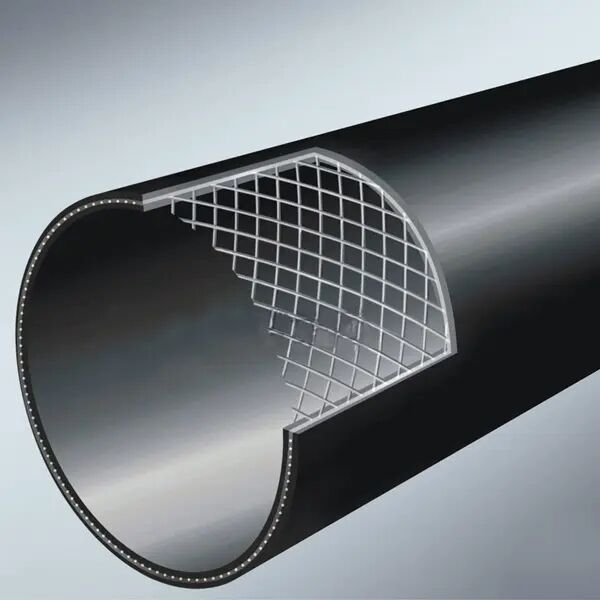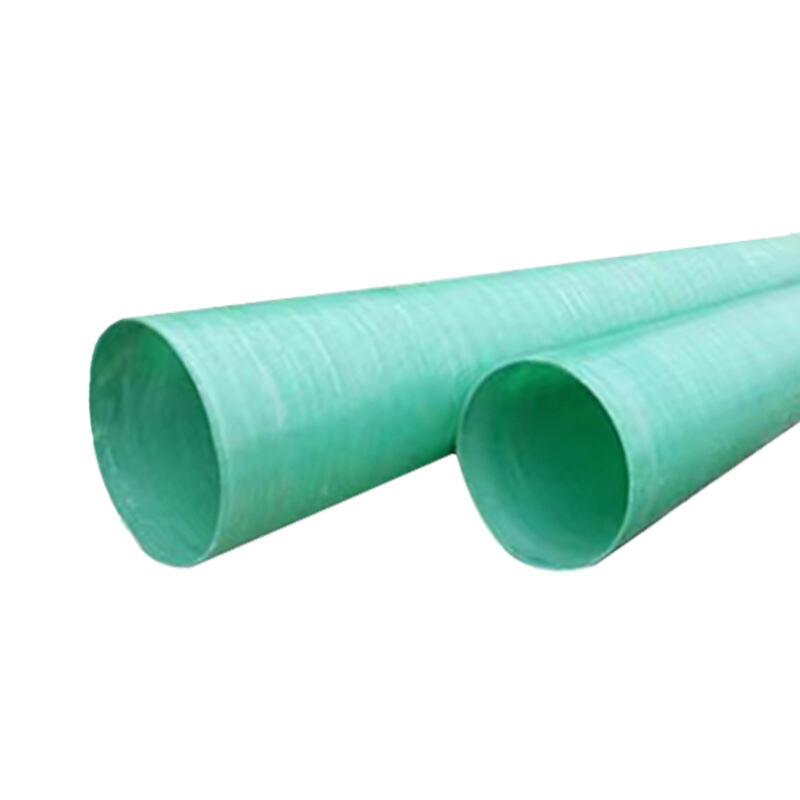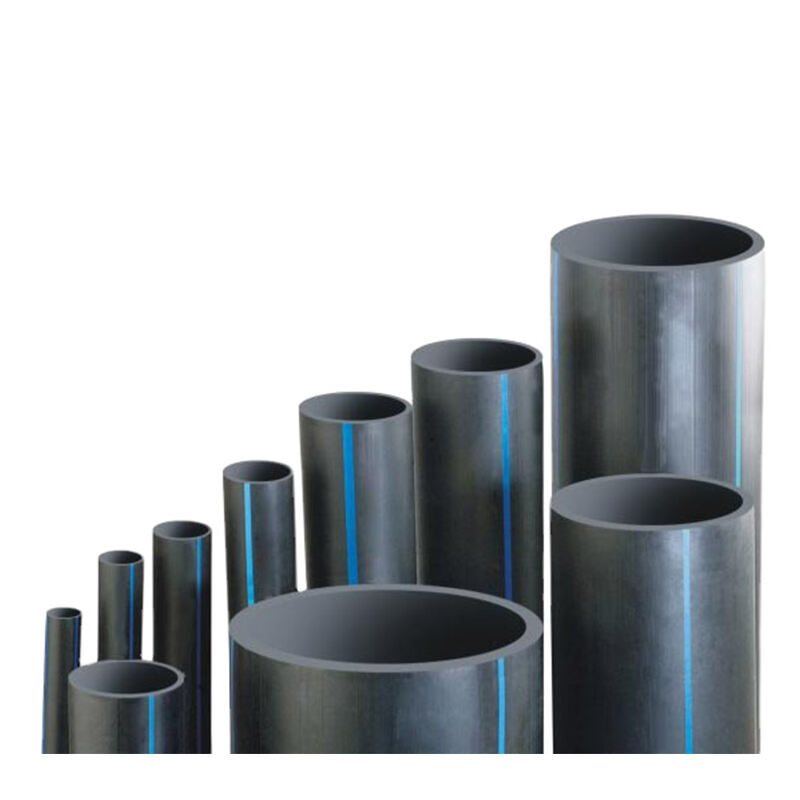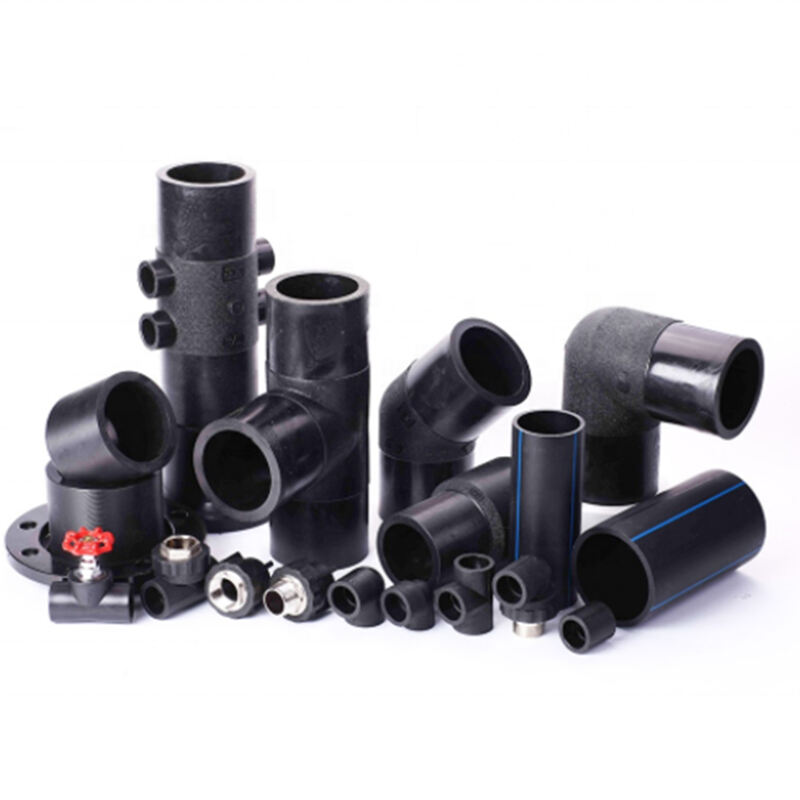HDPE Pipe Replacement with Steel Pipe in Urban Water Supply System
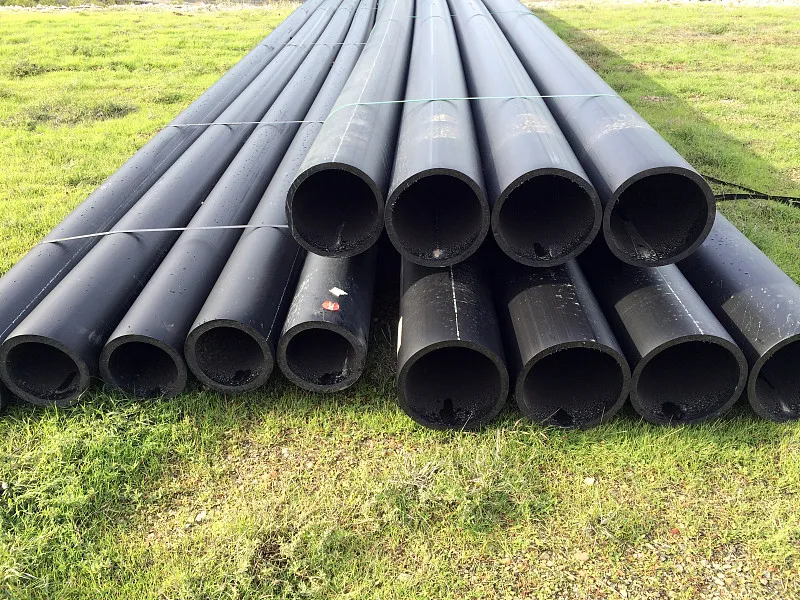
Project Background:
With the aging of urban infrastructure, the water supply system in a major metropolitan city was facing significant challenges. The existing high-density polyethylene (HDPE) piping system, while initially cost-effective and durable, had begun to show signs of wear and tear over the years. Frequent leaks and bursts were not only causing financial losses but also disrupting the daily lives of residents. As a result, the city authorities decided to undertake a major project to replace the aging HDPE pipes with steel pipes.
Project Scope:
The project involved replacing over 50 kilometers of HDPE piping in the city's main water supply network. The steel pipes chosen for the replacement were designed to withstand higher pressures and temperatures, ensuring greater durability and reliability. The project also included the installation of new valves, fittings, and other ancillary equipment to ensure smooth operation of the new system.
- Logistical Challenges: Coordinating the replacement of such a large-scale piping system required careful planning and logistical support. Ensuring the availability of steel pipes, valves, and other materials at the right time and place was crucial.
- Environmental Impact: The project involved digging up streets and opening up utility chambers, which could potentially disrupt traffic and affect the environment. Mitigating these impacts was a key consideration.
- Technical Challenges: The installation of steel pipes required specialized equipment and skilled labor. Ensuring the quality of installation and minimizing any potential leaks or defects was a major challenge.
Solution Approach:
- Comprehensive Planning: A detailed project plan was developed, outlining the sequence of work, resource requirements, and expected timelines. This plan was reviewed and updated regularly to ensure its relevance and effectiveness.
- Environmental Management: Measures were taken to minimize the impact on the environment, including the use of dust suppression techniques, traffic diversions, and the restoration of excavated areas.
- Quality Assurance: Strict quality control measures were implemented, including the inspection of incoming materials, supervision of installation work, and pressure testing of the new system.
Project Outcomes:
- Improved Reliability: The new steel piping system significantly reduced the frequency of leaks and bursts, improving the overall reliability of the water supply system.
- Cost Savings: While the initial investment in steel pipes was higher, the long-term savings from reduced maintenance costs and water losses outweighed the upfront costs.
- Enhanced Public Trust: The successful completion of the project improved the city's image and restored public trust in the water supply system.

